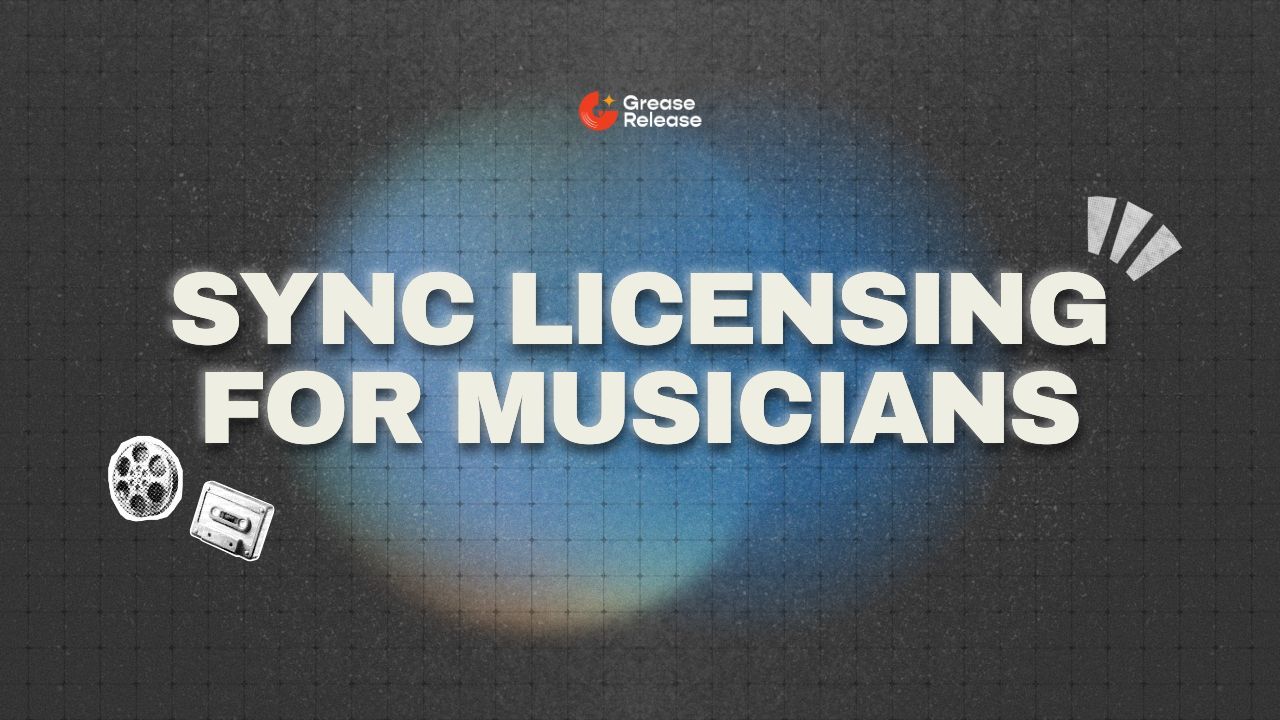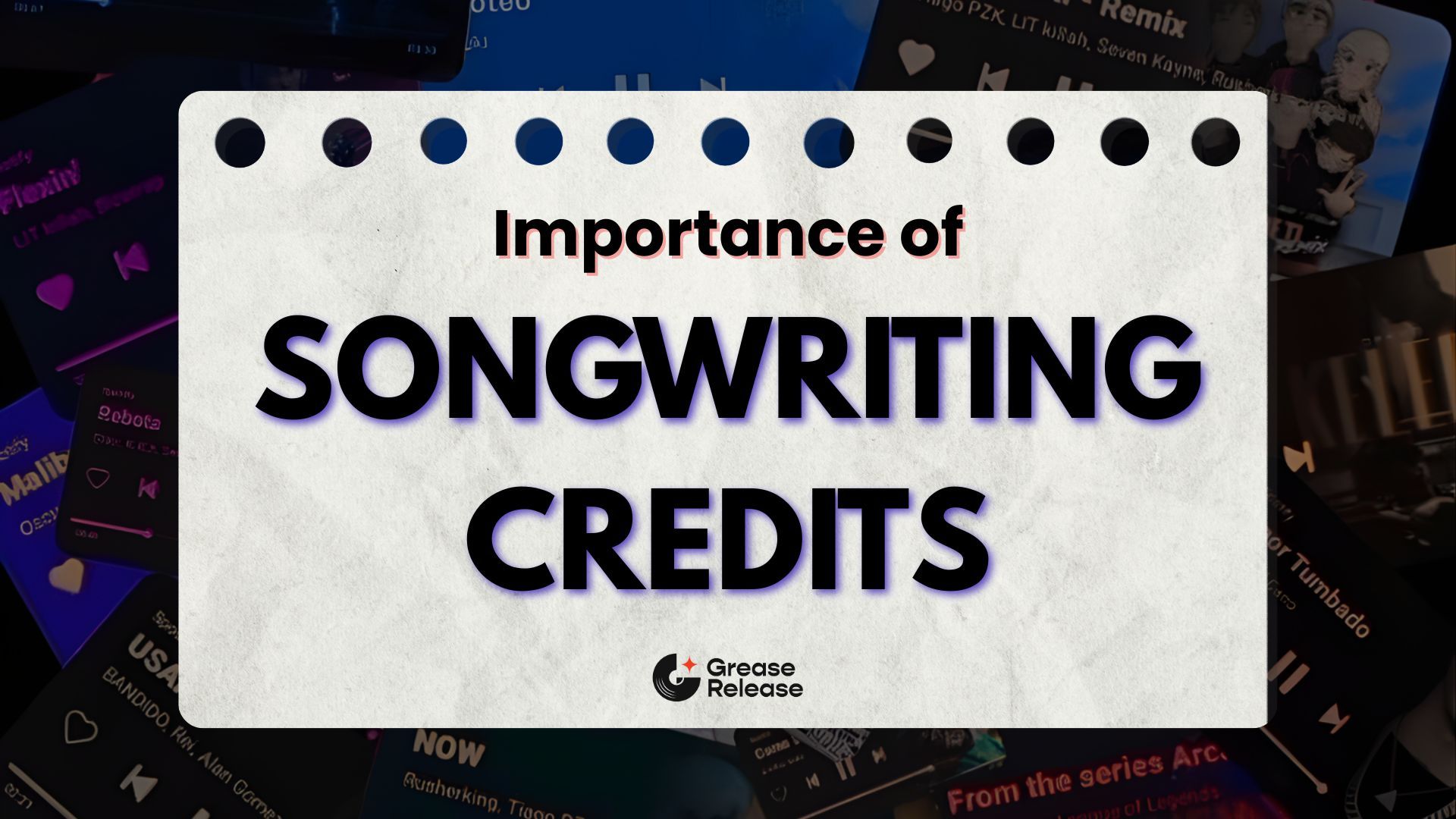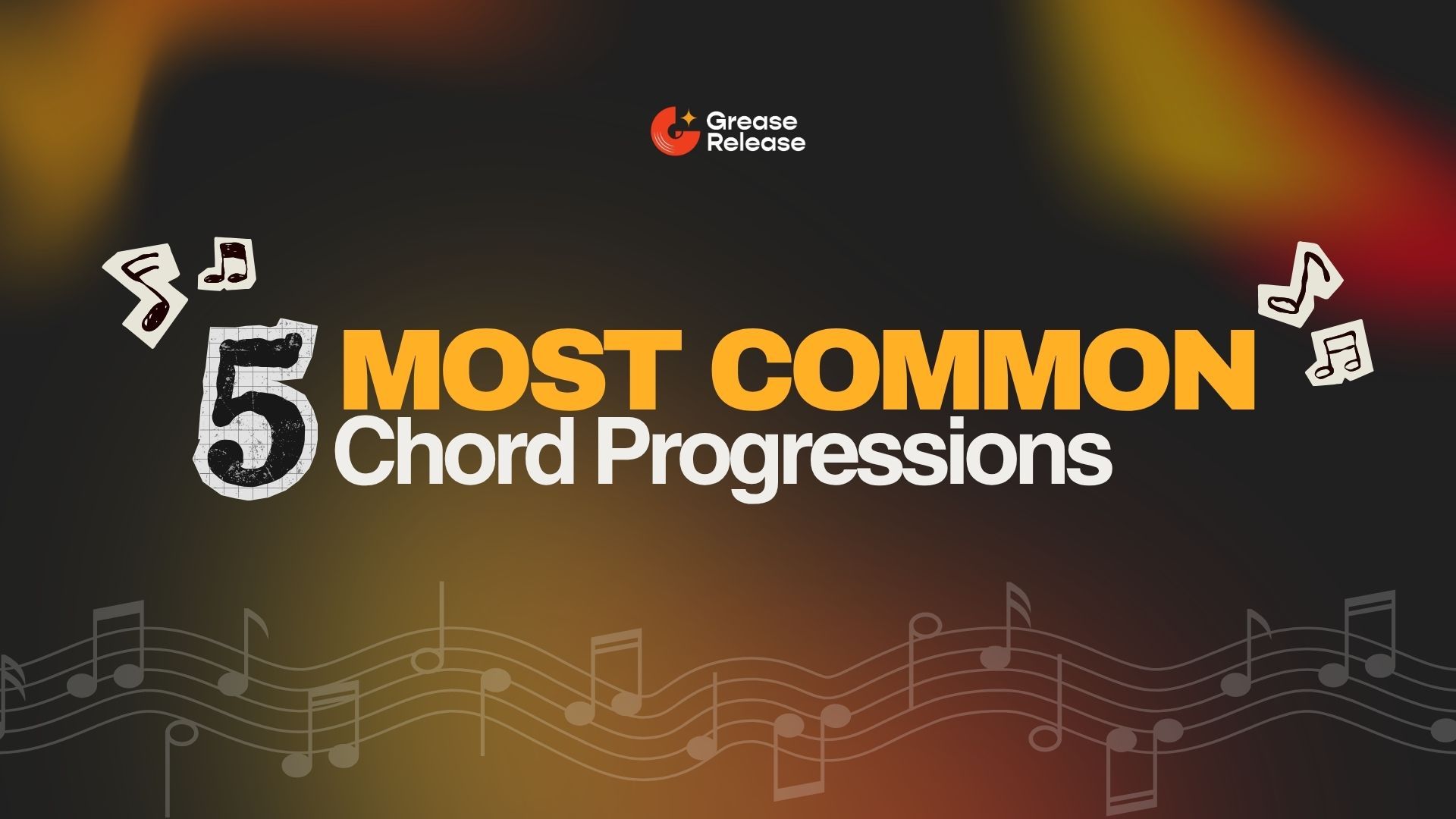
Best Cover Art Practices for Indie Musicians
Aug 08, 2025How to make Cover Art for your Next Album
In today’s fast-paced music world, your cover art album can be just as important as your sound. For independent musicians, it is often the first impression a listener gets, a visual hook that can spark curiosity, set the tone, and make your music stand out on streaming platforms. Understanding the album art best practices ensures your design connects with your audience and reinforces your brand. Whether you are releasing your first single or your next EP, choosing the right album art template can help you create visuals that are both professional and unique. If you are aiming for streaming success, make sure your artwork meets the Spotify cover art size requirements so it looks perfect everywhere. Making these cover art album essentials can be a very useful and necessary skill every indie artist should know, and with the right album art template, you can produce designs that truly shine.
We’ll be taking a look at the following:
What is Album Artwork?
Album artwork is the visual representation of a music release, usually seen as the cover image for singles, EPs, or albums. It gives listeners a first impression of the music and sets the mood before they even hit play. For many artists, the artwork reflects the theme, message, or emotion behind the songs. Some iconic covers have become just as famous as the music itself. Pink Floyd’s The Dark Side of the Moon cover with its prism design became a symbol of the band's experimental sound and timeless appeal. Nirvana’s Nevermind, featuring the underwater baby, grabbed global attention and captured the raw energy of the grunge era. Kanye West’s My Beautiful Dark Twisted Fantasy used bold and surreal art that mirrored the complexity of the music. These visual covers not only boosted the artist’s visual identity but also deepened how fans connected with the music.
How to make an Album Cover as an Indie Artist?
Making your own album cover as an Indie musician can be a bit overwhelming, especially if you do not have much experience with the arts and visual aspects of it. However, with the resources available in today’s age, it is certainly getting easier by the day. There isn’t much you need for your album cover. One only needs to stay clear on their vision, sound, and overall aesthetic. These practices can help you put down a cover album that actually resonates with your piece of music.
Define your concept
Think about the emotional story or message behind your music. Make sure your cover reflects your genre and brand identity. A gritty style suits indie rock while earthy textures work well for folk. For example, Bob Dylan’s The Freewheelin' Bob Dylan features a simple street photo that perfectly captures the raw, honest tone of his early folk music and helped define his image as a voice of a generation.
Choose your design tool
Use Photoshop if you have advanced skills, or Canva if you prefer something simple and easy to use. There are free tools available for everyone.
Select your colors and fonts
Match them to the mood of your music. Pastel shades and vintage fonts give a retro feel, while bold, contrasting colors feel more modern and edgy.

Add visuals
Use illustrations or photography that fit your theme. You can create your own art or use royalty-free images, but make sure everything aligns with your sound. For example, Tyler, The Creator’s Flower Boy uses vibrant illustrations of bees, flowers, and skies to match the dreamy emotional tone of the album, giving listeners a visual taste of what to expect.
Think about the format
Digital covers appear as small thumbnails, so make sure your design looks clear at smaller sizes. If printing on vinyl or CD, adjust the layout for the physical format.
Handle the legal side
Avoid copyright problems by using original work or properly licensed visuals. If someone else creates it for you, make sure you get full rights.
Use it to market your music
Share the story behind the cover on social media. Post behind-the-scenes content and create visuals for posters, stickers, or merch to help promote your release.
What are the requirements of making Cover Art?
According to Spotify’s official website, Spotify for Artists. Requirements for your Spotify cover art size and requirements are as such:
Accepted file formats
Your cover art must be in TIFF PNG or JPG with lossless encoding to keep the quality intact
Resolution and dimensions
Upload the highest resolution available within the range of 640 by 640 to 10000 by 10000 pixels. The image must be a perfect square with a 1 to 1 aspect ratio
Color space and bit depth
Use sRGB color space encoded at 24 bits per pixel. Apply the color profile directly without embedding it
Do not upscale
Avoid upscaling smaller images. Always use the native or highest quality version to keep the design clear and sharp
FAQs
Can I copy an artwork and use it for my album instead?
No, you cannot copy existing artwork. Using someone else's art without permission is copyright infringement. Always create original work or use licensed images.
Do I need to hire a professional to make my album art template?
Not necessarily. If you have design skills, you can create it yourself using tools like Canva or Photoshop. However, a professional designer can help you create more polished and brand-aligned artwork.
What should my Spotify cover art size be?
Your cover art should be a square image with a minimum of 640 by 640 pixels and up to 10,000 by 10,000 pixels. A common and recommended size is 3,000 by 3,000 pixels.
Do I need to put a Parental Advisory warning on the cover art?
Only if your music contains explicit content, this help platforms and listeners identify that the music may not be suitable for all ages.
Does the text on my art need to match the metadata exactly?
It is recommended but not required. However, the title and artist name on the artwork should not be misleading or different from what appears in the metadata.
Final Thoughts

Creating strong and original cover art is an essential part of releasing music as an indie artist. It is more than just a visual element as it represents your sound, your story, and your brand. Whether you design it yourself or work with a professional, focus on quality, clarity, and authenticity. Make sure it meets platform requirements, respects copyright rules, and feels true to your music. A great cover can capture attention, build recognition, and leave a lasting impression before a single note is played.
We at GreaseRelease, have a bunch of curators on our network who are looking for new & exciting music to push on their massive playlists. If you make music and want to reach a wider audience, check out our submission platform and get a chance to reach millions of listeners! Submit your tracks now!
Don't miss my newsletter!
Join me on a music entrepreneurship journey with new tips and tricks delivered straight to your inbox.
We hate SPAM. We will never sell your information, for any reason.




